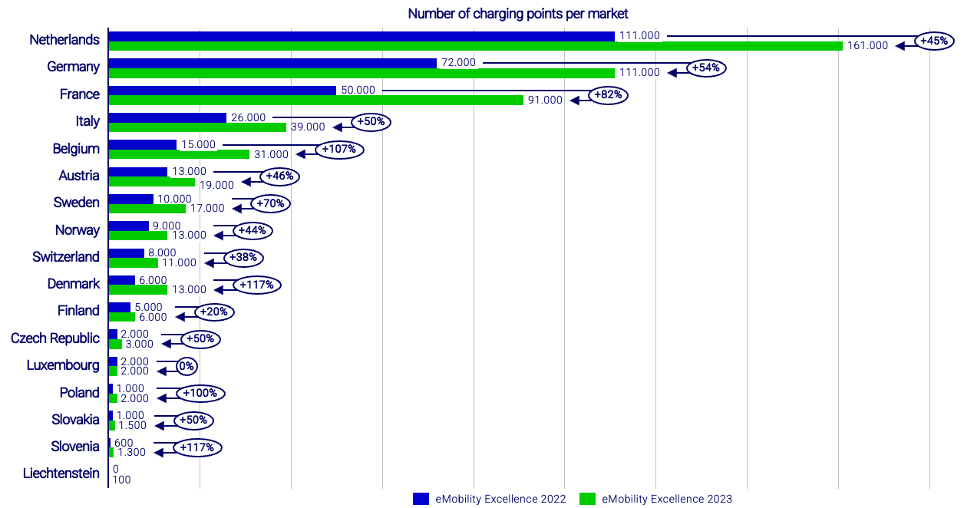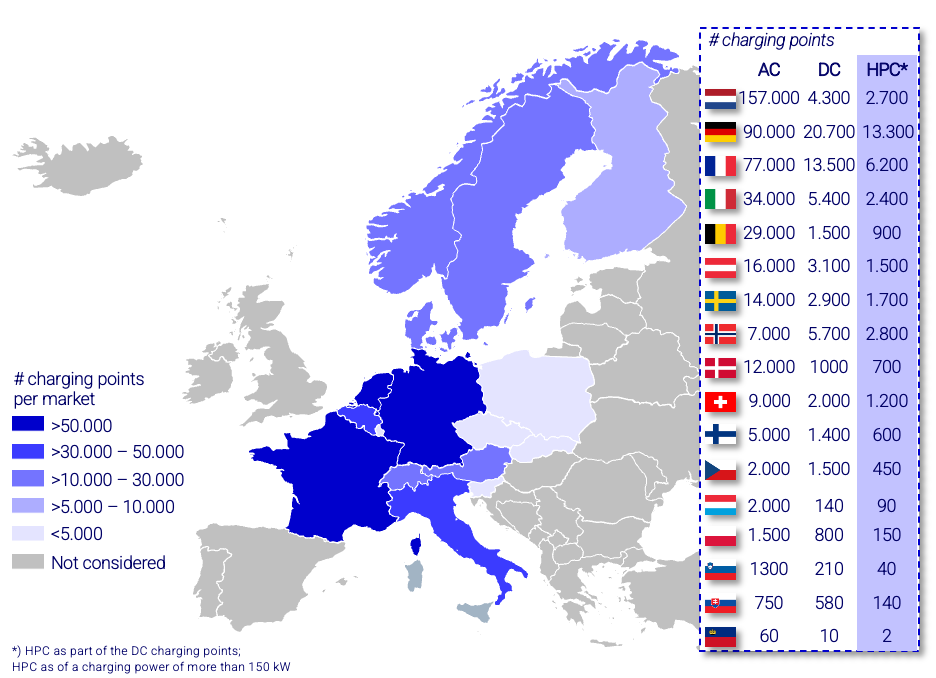Time:
As the world begins to shift towards sustainable energy, the demand for electric vehicles is increasing. In response, the need for infrastructure to support these vehicles is becoming critical. One such infrastructure is the electric vehicle charging station, which allows drivers to recharge their electric vehicles on the go. In Europe, the number of electric vehicles on the road is expected to grow to 44 million by 2030. This creates a pressing need for more charging stations. By 2024, the continent is expected to have over 3 million charging stations, with both AC and DC charging options.

AC charging stations are designed to provide slow charging for electric vehicles. These stations are typically found in public places like parking lots and garages. The charging process through AC charging is relatively slower than other charging options, as it takes anywhere from 4 hours to 6 hours to fully charge a vehicle. However, the advantage of AC charging stations is that they can be less expensive to install than other charging options, making them more accessible for small businesses and home use.
In contrast, DC charging stations are designed for fast charging, allowing electric vehicle drivers to recharge their vehicles at a rapid pace. These charging stations are typically located on major highways to provide quick charging options during long trips. Unlike AC charging, DC charging can fully charge a vehicle in as little as 30 minutes. The downside of DC charging stations is that they require more expensive equipment and can have higher installation costs. However, as electric vehicles become more prevalent, the cost to install these stations will likely decrease.

The distribution of electric vehicle charging stations in Europe is not uniform. Countries like Norway, the Netherlands, and Sweden have the highest concentration of charging stations per capita, while countries like Bulgaria, Romania, and Lithuania have the fewest. By 2024, Germany is projected to have the most charging points, with over 950,000 planned, followed by France with 600,000. This is due in part to government incentives supporting the development and installation of charging stations. As electric vehicle use continues to increase, it is expected that more countries will shift towards alternate modes of transportation and invest in charging infrastructure.
Electric vehicle charging station infrastructure is essential for supporting the growth of sustainable transportation. AC charging options are economical and suitable for small-scale deployments, while DC charging stations are ideal for fast charging on highways. Distribution of charging station infrastructure is uneven across Europe, but government incentives and policies are expected to lead to the creation of more infrastructure in the coming years. By 2024, Europe will have over 3 million charging stations, making it more convenient than ever to own and use electric vehicles.
Submit Request